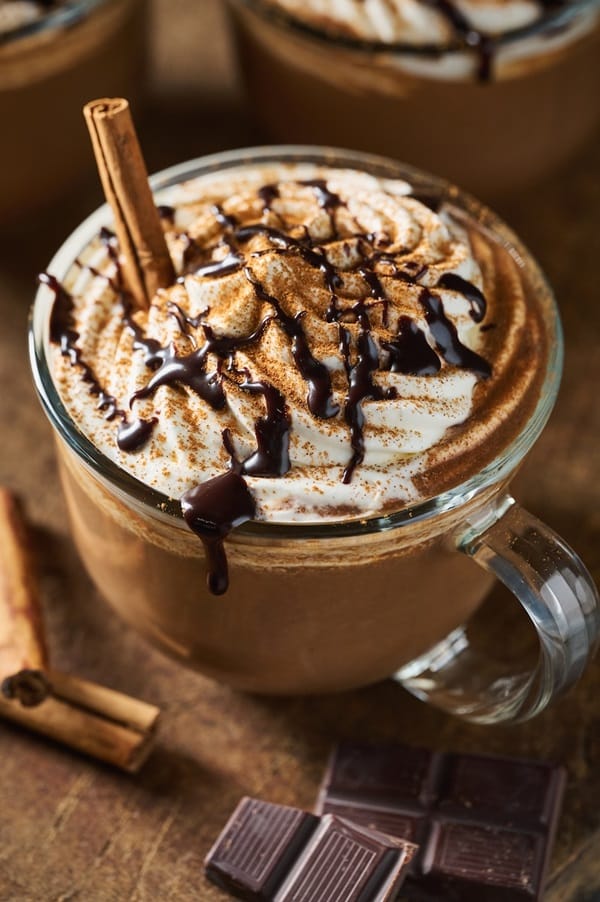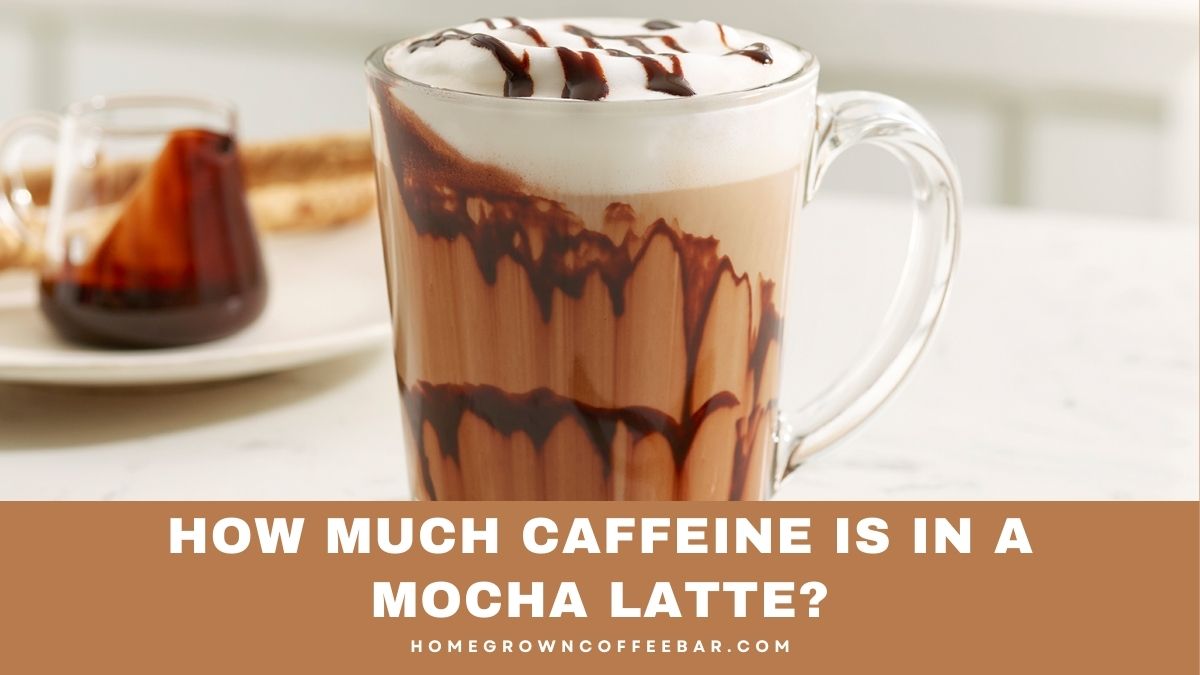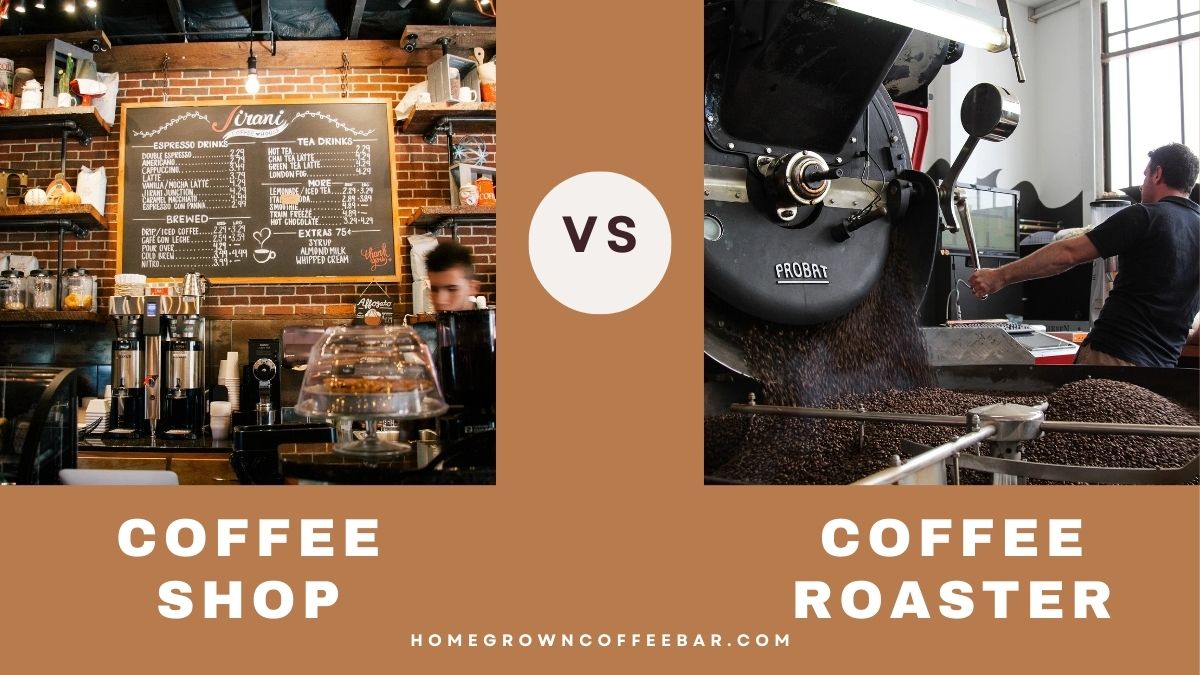A mocha latte, a beloved staple in coffee shops around the globe, marries the rich, deep flavors of chocolate with the robustness of coffee, all smoothed out with creamy milk. This indulgent concoction is more than just a treat for the taste buds; it’s also a caffeine carrier. But how much caffeine are you consuming with each delicious sip?
Let’s delve into the caffeine content of a mocha latte and explore factors that influence these levels.
Caffeine Basics in Coffee
Before we zero in on the mocha latte, let’s touch base on caffeine in standard coffee preparations. A typical 8-ounce (about 240 milliliters) cup of coffee contains approximately 95 milligrams of caffeine. However, this can vary widely depending on the coffee blend, the brewing method, and the serving size.
The Mocha Latte Explained

A mocha latte consists of espresso, steamed milk, and chocolate, often with whipped cream on top. The key player in the caffeine content equation here is the espresso. A single shot of espresso, usually about 1 ounce (30 milliliters), contains approximately 63 milligrams.
However, mocha lattes served at coffee shops typically include one or more espresso shots. So, the caffeine in will directly depend on the number of espresso shots it contains.
Calculating Caffeine: A Closer Look
Let’s break down the caffeine based on common serving sizes and espresso shots:
- Single Shot (Small): With one shot of espresso, a small beverage hovers around the 63-milligram mark, not considering the slight caffeine that might come from the cocoa powder used in the chocolate syrup.
- Double Shot (Medium): A medium-sized, more common in many coffee shops, usually contains two espresso shots, doubling to around 126 milligrams.
- Triple Shot (Large): A large cup can contain three espresso shots, pushing to approximately 189 milligrams for those who prefer their drink more potent.
Factors Affecting Caffeine Content
Several factors can sway the caffeine content in your beverage:
- Type of Coffee Bean: Arabica beans contain less caffeine than Robusta beans. The bean choice can affect the caffeine level in the espresso shot.
- Grind Size and Brewing Method: Finer grinds, and certain brewing methods can extract more caffeine.
- Chocolate’s Contribution: While minimal, the cocoa in chocolate syrup or powder adds a small amount of caffeine to your beverage, generally around 5 to 10 milligrams per serving.
Mocha Latte vs. Other Coffees
When comparing a mocha latte to plain espresso or a regular latte, the espresso shots primarily dictate the caffeine. The addition of chocolate and the type of milk (dairy or plant-based) do not significantly affect the level but can alter the drink’s caloric content.
Conclusion: Sipping Wisely
A mocha latte offers more than just a caffeine boost; it’s an experience of indulgence. However, recognizing the factors influencing caffeine is crucial for those monitoring their intake. Whether you prefer a delicate single-shot mocha latine or a robust triple-shot, understanding these variables ensures you can enjoy your favorite beverage without overstepping your caffeine boundaries.
Remember, while the mocha latte is a testament to coffee culture’s innovation and variety, its caffeine must be savored and considered mindfully.

